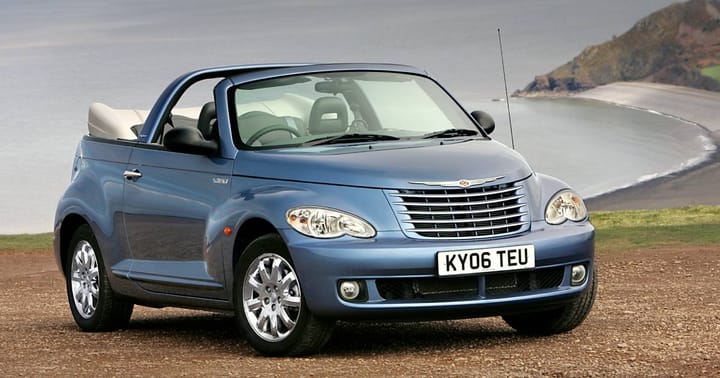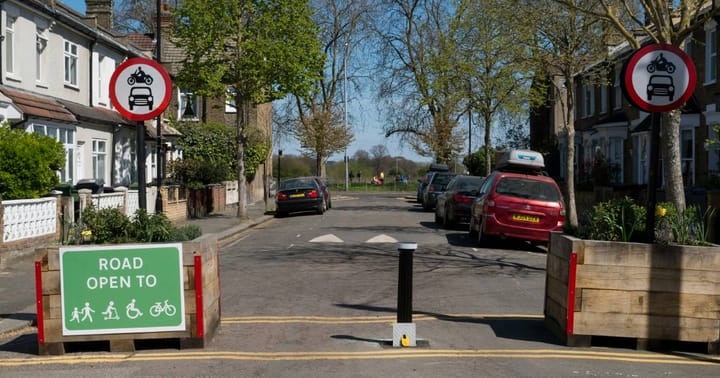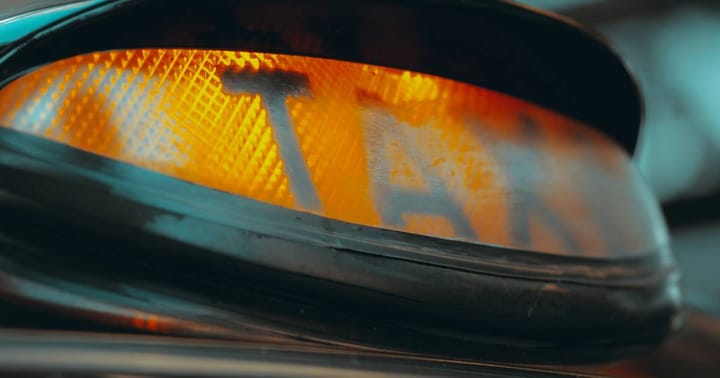What are smart motorways and why do they exist?
TLDR: They’re designed to keep people off far more dangerous roads by turning the hard shoulder into a live lane, increasing capacity

Never before has a road type been subject to as much controversy and speculation as smart motorways – much of it inaccurate.
Introduced in 2006 and rolled out since then to cover around 350 miles of motorway, there are various types of smart motorway, but they are all designed to increase capacity on the network without having to take on expensive, time consuming road widening, which is a) ecologically unfashionable, b) rather expensive, and c) not always possible (EG by cities).
How do smart motorways work?
Broadly speaking, smart motorways see the hard shoulder converted into an additional traffic lane. There are various ways to achieve this.
All lane running smart motorways see the hard shoulder permanently converted to an additional traffic lane.
Dynamic hard shoulder smart motorways see the hard shoulder turned into an additional lane for vehicles only when traffic is heavy enough to warrant this. Electronic signs indicate when this happens.
Controlled motorways aren’t what most people would class as a smart motorway as they have a permanent hard shoulder, but feature variable speed limits that can be adjusted depending on traffic and weather conditions, and can also see lanes closed in the event of a collision or obstruction.
On dynamic and all lane running smart motorways, ‘emergency refuge areas’ – basically lay-bys with an orange-painted surface – are dotted periodically along the road for drivers to use in the event of a breakdown. There are around 250 miles of dynamic hard shoulder and all-lane running smart motorway.
How do you drive on a smart motorway?
Just as you would on any other road: obey the speed limit (note smart motorways tend to be peppered with speed cameras) and adhere to any signs that are shown.
If, for example, you see a sign instructing you to use the hard shoulder as an additional lane, you should do this if you would otherwise be driving on the inside line. If a sign indicates this lane will soon return to being a hard shoulder, leave it when safe to do so.
You should also look out for ‘Red X’ signs on overhead gantries or roadside signs: these indicate that a specific lane should not be driven on, perhaps because there has a collision or breakdown in that lane further up the road. Note that speed cameras can now issue fixed penalties for motorists who drive on closed Red X lanes; these will see your licence endorsed with three points, as well as a fine for £100 arriving in the post.
What should you do if you break down on a smart motorway?
Breaking down on a smart motorway without a hard shoulder is the scenario that people tend to be most concerned about, despite the fact that most dual-carriageway A roads do not have hard shoulders and these roads, while significantly more dangerous than motorways, prompt neither the same fear nor media coverage as smart motorways.
Nonetheless, any breakdown at speed is unnerving, so it does well to be prepared.
First, note that vehicles do not generally come to a complete stop when they break down: cars often give warning signs – perhaps the engine management light comes on, the engine begins to stutter, or an electric car shows a tortoise symbol.
If any of these early-warning signs occur, get off the motorway at the next junction or pull over onto the hard shoulder or the first available refuge area.
If your car doesn’t provided an early indication and loses power without warning, keep calm and remember that a car can coast for quite a distance even when propulsion has been lost.
Indicate and move to the left lane of the motorway, pulling over onto the hard shoulder or coasting to the nearest refuge area.
Put your hazard lights on, then exit the vehicle via the nearside doors (closest to the barrier).
Get behind the crash barrier and stand well away from your vehicle and behind it: if it’s hit you don’t want it propelled into you.
Call National Highways on 0300 123 5000, then contact your breakdown firm.
Everyone’s worst fear is not being able to make it to the hard shoulder or a refuge area. If this happens, do not leave your vehicle: stay inside with your seatbelt on and dial 999, or press the SOS button in your car if it is new enough to have one (you may need to lift a flap to reveal the button).
Why do smart motorways exist?
Motorways are the safest type of road in the UK by a huge margin. In 2022, for example, there were 3,143 accidents on our motorways, and 46,935 on all A roads. Yet 68.2 million miles were driven on motorways that year, compared to 142 million miles on A roads. Therefore 15 times more accidents happen on A roads, despite the fact they only take twice as much traffic as motorways.
The people in charge of our roads don’t like accidents, obviously, but widening motorways is difficult both from the perspectives of time and money, and because approval is not so easily granted for road expansion schemes these days. There are also times when widening is physically challenging or impossible; for example when motorways pass urban areas, or geographical features such as hills and rivers.
Smart motorways are therefore a method of increasing traffic capacity without widening. It may be counterintuitive, but this actually increases overall road safety, as when motorways are congested drivers divert onto A and B roads, which are substantially more dangerous. Sat-nav apps like Google Maps and Waze mean people are more likely to divert away from motorways when they are congested, meaning keeping them as clear as possible has never been more desirable.
How safe are smart motorways?
Very. The fear smart motorways seem to engender is understandable in many ways, but is often not helped by what has sometimes been sensationalist coverage, some of which has been based on unsound or incomplete analysis.
Dynamic hard shoulder (DHS) and all-lane running (ALR) motorways took 13.8% of all motorway traffic in 2018, but were the scene of 12.8% of fatal casualties on the motorway network. For serious casualties DHS and ALR roads saw 13.2% of casualties against the same 13.8% of motorway traffic, while for slight casualties their rates were slightly higher than the rest of the motorway network, with DHS and ALR roads home to 15% of slight casualties against 13.8% of traffic.
Things haven’t been perfect for smart motorways: some systems, such as the electronic controls that automatically detect broken-down vehicles, known as SVD, or stopped-vehicle detection, have not always worked, or at least not worked as well as they should; CCTV operatives have also, on occasion, not been as quick to spot breakdowns as is ideal.
In recognising that dynamic hard shoulder (DHS) smart motorways are disliked by drivers, no all-lane running (ALR) smart motorways are being converted to DHS ones. Additional refuge areas have been installed and with increased signage, with a gap of no more than a mile between refuges, or three quarters of a mile for schemes designed prior to October 2023.



